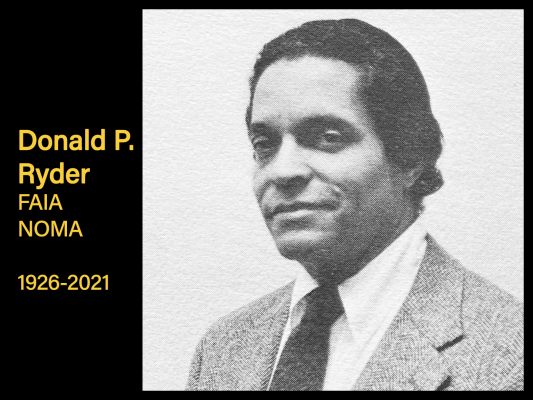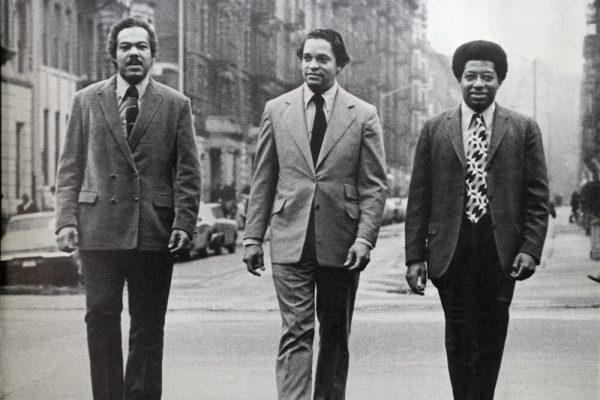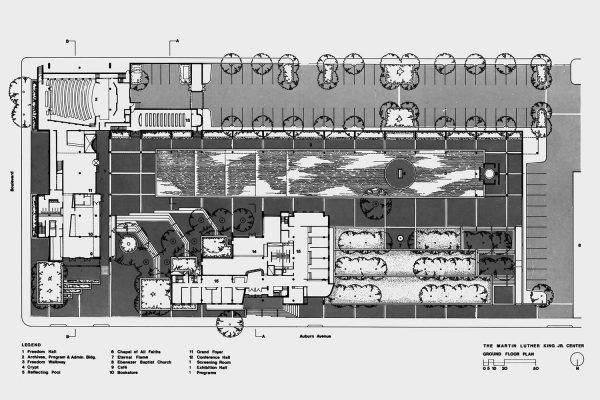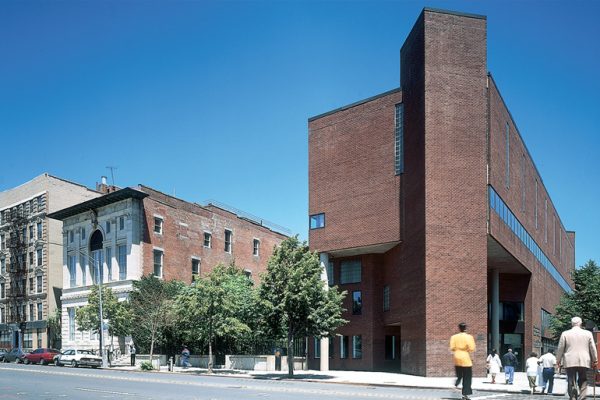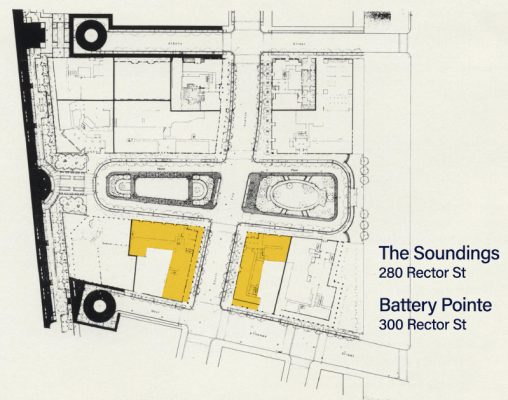News
Remembering Professor Emeritus Donald P. Ryder, FAIA, NOMA, 1926-2021
The CCNY Spitzer School of Architecture community was deeply saddened to learn of the passing, on February 17, 2021, of Professor Emeritus Donald P. Ryder, 94. Professor Ryder, who served on the faculty from the early 1970s until his retirement in 2001, was a pioneering Black architect and partner from 1969 to 1991 in the esteemed firm of Bond Ryder & Associates. His principal works include, in New York, the Towers on the Park apartments on Frederick Douglass Circle (1990), Battery Pointe and The Soundings Apartments on Rector Place in Battery Park City (1987), the Schomburg Center for Research in Black Culture (1978), as well as the Martin Luther King, Jr. Center for Social Change in Atlanta (1981).
Widely revered as a teacher, he was a stalwart fighter for increasing access and opportunity in the architecture profession for underrepresented groups. Working alongside J. Max Bond, who served as dean for nearly a decade, Ryder was a major force in ensuring our students were served in the best possible ways — academically, professionally, and personally.
Ryder was an able and responsive design studio leader as well as a deeply knowledgeable teacher of building technology and professional practice. He was highly effective in integrating these subjects and bringing his students to a high level of understanding and achievement. His success in the classroom was a direct result of not only his considerable knowledge and broad professional expertise, but also his empathy for, and commitment to students.
I first met Don in the early 1970s at a meeting of ARCH (Architect’s Renewal Committee in Harlem). Don personified what was then referred to as “cool,” with respect to his mild-mannered and engaging personality, as well as his sartorial distinctiveness and natural dignity. Most importantly, he was an exceptional teacher both in design and technical courses. He was an inspiring mentor and great role model for his students. Don’s commitment to engaging his students was beyond exemplary.
— Carmi Bee, FAIA, Professor EmeritusI met Don when I worked part time for Bond Ryder at their office on 110th Street. Soon after, I felt very fortunate to start teaching at CCNY, sharing with Don the task of integrating construction technology with the third-year design studios. Don was a mentor in my development as a teacher, a colleague and as an educator.
— Alan Feigenberg, Professor Emeritus
Prof. Ryder served several terms as chair of the Architecture Department, a role in which he also excelled, bringing a consistent and calm leadership. Backed by his unshakable faith in our students and his unceasing commitment to their academic, professional, and personal success, he shaped the curriculum, recruited a diverse faculty, and helped build a culture consistent with CCNY’s mission and the Architecture School’s aim to be a place where all students, without regard to resources or background, could have access to an excellent professional education.
While Don and I were good colleagues since the early 70s, it wasn’t until he became Chairperson [in 1983] and I became Associate Dean that we became friends. We had a partners-style desk in the southwest corner office in the Curry Garage, the first home of the then School of Architecture and Environmental Studies (SEAS). Don hung his framed pencil drawing of a classic Ionic column on his wall. He had a great eye and a great hand. He drew like an angel. Don was an angel. Anyone who knew him knew that he was a gentle man and a gentleman. He had both grace and humor, not to mention extraordinarily good looks.
The obituary by Sam Roberts [in the New York Times] quietly celebrates the importance played by Don, and his colleagues Barry Jackson, Max Bond, Garrison McNeil, Craig Barton, and others, in bringing equity, diversity, and inclusion to our school and our profession. If Don Ryder had been a less modest man, we would have been more aware of his profound contributions.
— Lance Jay Brown, FAIA, Professor EmeritusWhen Max Bond left the dean’s position in 1992, I was gratified that Don agreed to return to being department chair, a position I left to replace Max temporarily. It was a time of turmoil, as transitions tend to be. But this one was exacerbated by deep college and university financial woes with subsequent terminations of college programs and even a department or two. Nevertheless, Don’s even-handed and steady leadership were instrumental in assuring the school’s very survival.
— Gordon A. Gebert, Professor of Architecture
After his retirement, Ryder returned from time to time to serve on reviews and reminisce with former colleagues. While his physical presence became less frequent, his deep commitment to the school and to its values, and above all his dedication to the students, never ceased nor faded. That spirit and the values he brought us remain an integral and enduring part of our school.
While other published obituaries include a great deal of information about Ryder’s accomplishments and career, they offer less about Don, the man, educator, and academic leader. With the intent of filling the gap, we would be pleased to receive from others — especially former students of Prof. Ryder — any tributes or remembrances that might be added to the excerpts that appear above.


